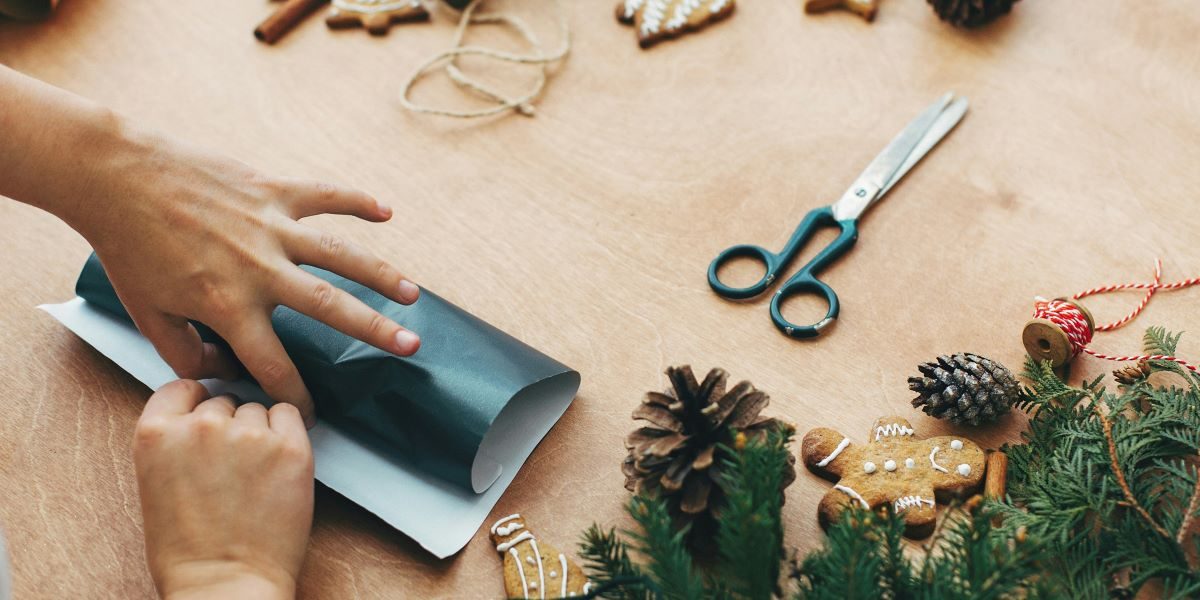In today’s fast-paced world, finding ways to unwind and manage stress is more important than ever. One effective and accessible method is engaging in simple crafts. Creative activities have been shown to lower stress levels by focusing the mind, providing a sense of accomplishment, and offering a break from daily pressures. For beginners, the idea of starting a craft project might feel intimidating, but the truth is that many relaxing crafts require minimal supplies and no prior experience. The key is to choose activities that feel enjoyable rather than overwhelming.
Crafting works as a stress reliever because it engages the hands and mind in a way that distracts from worries. The repetitive motions of certain crafts, like knitting or coloring, can have an almost meditative effect. Other projects, such as simple painting or clay modeling, allow for self-expression without the pressure of perfection. The goal isn’t to create a masterpiece but to enjoy the process. For those new to crafting, starting with basic projects can build confidence and make the activity a regular part of a relaxation routine.
Read also: Functional Design: Smart Solutions for Everyday Living
Easy Craft Ideas for Stress Relief
One of the simplest crafts to start with is coloring. While often associated with children, adult coloring books with intricate designs have become popular for their calming effects. The act of filling in patterns requires just enough focus to quiet the mind without demanding intense concentration. All that’s needed are coloring pencils or markers and a book or printable sheets. The rhythmic motion of coloring can slow down racing thoughts and provide a sense of control in a low-pressure way.
Another accessible craft is paper folding, such as basic origami. The process of transforming a flat sheet of paper into a three-dimensional shape requires attention to detail, which helps shift focus away from stressors. Beginners can start with simple designs like paper cranes or flowers, gradually progressing to more complex folds if desired. The tactile nature of handling paper and the satisfaction of completing a figure make origami a rewarding activity for stress relief.
For those who enjoy working with textiles, simple knitting or crocheting can be surprisingly soothing. The repetitive loops and stitches create a rhythm that many find calming. Beginners can start with basic scarves or dishcloths, which require only fundamental stitches. The act of creating something tangible, stitch by stitch, provides a sense of progress and accomplishment. Even making small mistakes can be part of the relaxing process, as it reinforces the idea that the activity is about the experience, not perfection.
Nature-Inspired Crafts for Mindfulness
Incorporating natural elements into crafting can enhance the stress-relieving benefits by connecting the activity to the calming influence of nature. Pressing flowers is a gentle craft that requires patience but no special skills. Collecting blooms or leaves and arranging them between the pages of a heavy book allows time for mindfulness while waiting for them to dry. Once pressed, these natural treasures can be used to decorate journals, bookmarks, or simple framed art. The process encourages slowing down and appreciating small, beautiful details in the environment.
Another nature-based craft is creating simple terrariums or small indoor gardens. Using a clear container, some pebbles, soil, and easy-to-care-for plants like succulents or moss, beginners can assemble a miniature green space. The act of arranging the elements and later tending to the plants provides ongoing engagement with a calming, natural element. Watching plants grow over time adds a sense of nurturing and connection to the natural world, which can be particularly grounding during stressful periods.
For those who enjoy walks outdoors, collecting smooth stones to paint can combine fresh air with creative expression. Smooth rocks provide an ideal canvas for simple designs, patterns, or encouraging words. The painting process itself is meditative, and the finished stones can be placed in a garden or kept as personal reminders of peaceful moments. This craft is especially appealing because it connects multiple stress-relieving elements: being outside, creating art, and handling natural materials.
Using Everyday Materials for Simple Projects
Crafting for stress relief doesn’t require expensive supplies. Many relaxing projects can be made with items commonly found at home. One example is creating collages from old magazines or newspapers. Tearing or cutting out images and words that resonate and arranging them on paper can be both cathartic and creatively satisfying. This activity allows for free expression without rules, making it ideal for releasing tension. The process of selecting and combining different elements can also reveal personal insights or themes that might be lingering beneath the surface of conscious thought.
Another simple craft is making homemade bookmarks. Using cardstock, fabric scraps, or even dried leaves pressed between clear adhesive paper, these small projects provide quick satisfaction. Decorating bookmarks with drawings, stickers, or handwritten quotes makes the activity personal and meaningful. The finished product serves as a useful reminder of the time taken for self-care through creativity.
For those who enjoy writing but want a more visual element, keeping an art journal combines words with simple drawings, doodles, or painted backgrounds. Unlike traditional journaling, there’s no pressure to write lengthy entries. A few sentences paired with colors or shapes can capture emotions effectively. The freedom to mix media—such as pencil, watercolor, or cut-out images—makes each page unique and personally significant. Over time, flipping through the pages can show personal growth and changing moods in a visual way.
Making Crafting a Sustainable Habit
The most effective stress-relieving crafts are those that can be easily incorporated into regular routines without feeling like another obligation. Setting aside just fifteen to twenty minutes a few times a week can make a difference. Keeping supplies organized and within reach removes barriers to starting. A small box or drawer with basic materials like paper, scissors, glue, and coloring tools makes it easier to begin a spontaneous crafting session when stress arises.
It’s important to remember that the value lies in the act of creating, not the end product. Unlike professional crafting, where results matter most, stress-relief crafting is about the experience itself. If a project doesn’t turn out as imagined, it’s okay—the time spent engaged in the process still provided a mental break. Letting go of expectations allows creativity to flow more naturally and makes the activity truly restorative.
Over time, trying different crafts can help identify which ones are most enjoyable and effective for individual stress relief. Some people might prefer the solitude of painting, while others find stitching in a comfortable chair most calming. The variety of simple crafts available means there’s likely a perfect match for everyone’s preferences and lifestyle. By approaching crafting as a form of self-care rather than a skill to master, beginners can discover a powerful tool for managing stress through creativity.
Read also: Taking the First Steps to Better Financial Planning
















